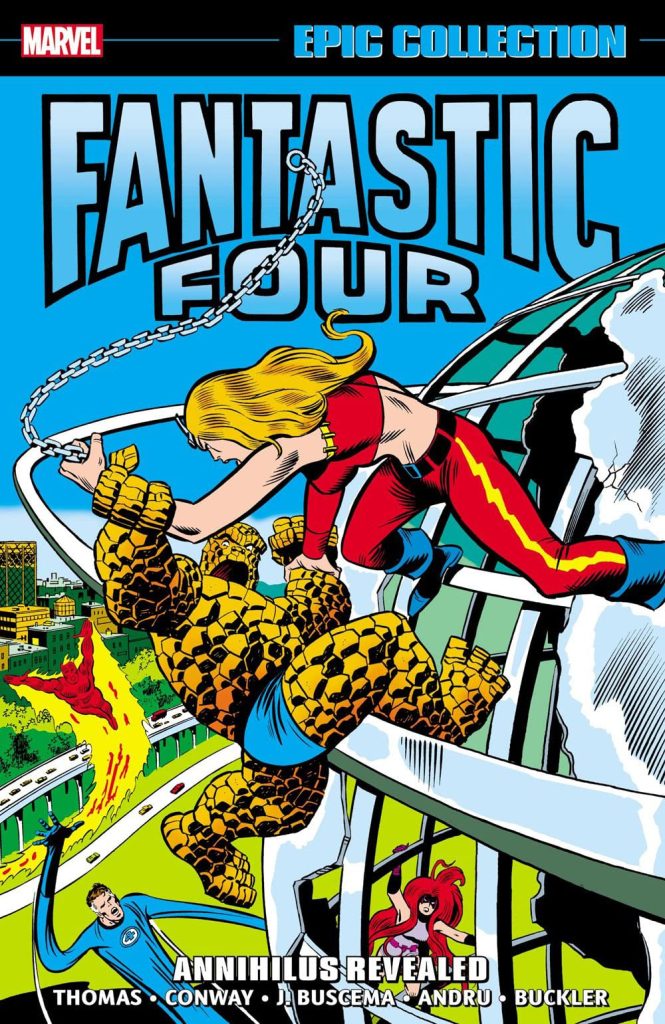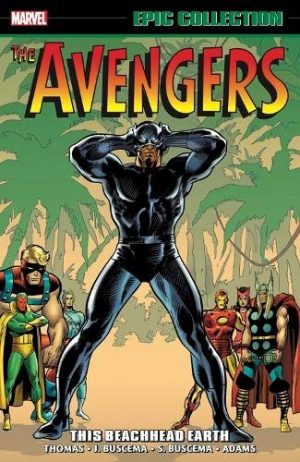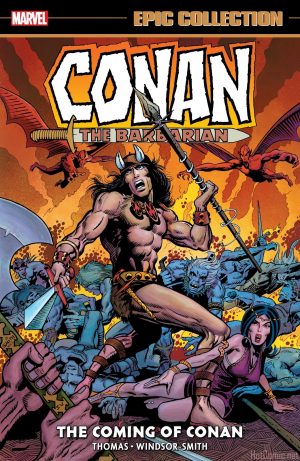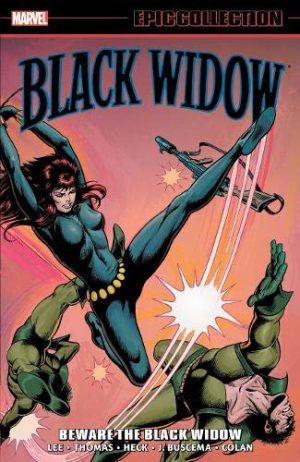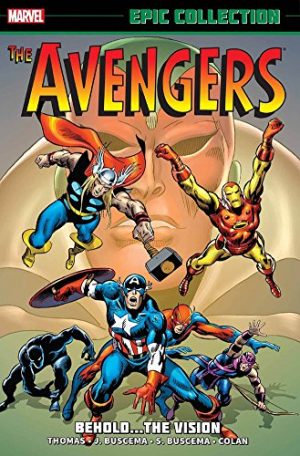Review by Karl Verhoven
Annihilus Revealed presents the Fantastic Four from 1972 to 1974 as written by Roy Thomas and Gerry Conway. It’s a title still suffering from the departure of the series co-creator and guiding light Jack Kirby several years previously. Stan Lee’s solo writing in Battle of the Behemoths was uninspired, and it’s notable here that a series once the textbook example of conceptual inspiration is surviving by recycling old enemies in new situations and moments of originality and inspiration are few and far between.
By now John Buscema is the main artist. He doesn’t supply Kirby’s energy, but there’s a polished illustrative grandeur to his pages, and he’ll occasionally provide a Kirby homage, such as the machinery in Reed Richards’ lab. Rich Buckler on the later pages is still an artist who gives a damn, but his reliance on earlier art by Kirby is well documented online, while Ross Andru and Ramona Fradon are professional without being inspired by the material.
As originality is at a premium, it’s worth noting a story roughly halfway through, started by Thomas completed by Conway, and drawn by Buscema in which dreams can come true via the machinations of an alien able to alter reality. The Shaper picks up on the despair of a villain’s henchman wistful for the 1950s when he was younger and had a future ahead of him. The touchstones of the 1950s are morphed into a strange experience that pits the older members of the FF against the younger. Thomas also tries something different by driving a wedge between Reed and Sue Richards and in most of this material Susan Richards is replaced in the FF by Medusa.
In terms of returning villains, Thomas supplies a different subterranean challenge from the Mole Man, and begins a tradition of the Frightful Four always needing a new member to maintain their name. His best is an oddball dual threat of the long forgotten Gregory Gideon and Dragon Man, while Conway’s returning Annihilus comes complete with a credibly devised origin. There may be plenty of “Annihilus is stronger than all”, but his purpose pulls several plots together, and what had previously been a throwaway alien of the week enemy is developed into someone with staying power who’d menace humanity again and again.
However, just focussing on the highlights ignores the poor, and at its worst this selection is very poor indeed, the nadir coming with the revival of another forgotten old villain Miracle Man in what’s nothing but page filler. Neither Thomas nor Conway treats Invisible Woman well, generally there to be captured and held hostage, and the attempt to create a powerful woman with feminist ideals in Thundra may perhaps have been a genuine step forward in 1973, but she reads really poorly now.
These stories were previously available in hardcover as Marvel Masterworks editions, ending Fantastic Four Volume 12, and covering the entirety of Volume 13. In black and white the content can be found as the latter half of Essential Fantastic Four Vol. 6, and the opening half of Vol. 7.
